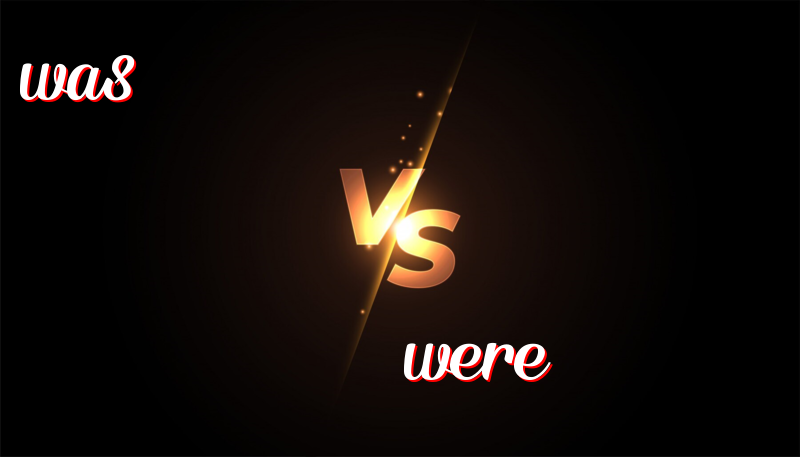Was and Were: The Wacky World of Past Tense
Understanding “Was” and “Were”
The words “was” and “were” are past tense forms of the verb “to be”. They are used to talk about things that happened in the past. These words might seem tricky at first, but with practice, they become easy to use.
History of “Was” and “Were”
Both “was” and “were” come from Old English, which is a very old form of the English language. “Was” is used for singular things, while “were” is used for plural things. Over time, they became part of modern English.
How to Use “Was” and “Were”
“Was” is used when talking about one person or thing. It is used with I, he, she, and it. Here are some examples:
- I was at the park yesterday.
- He was very happy to see you.
- She was a great singer.
- It was a rainy day.
- The dog was very hungry.
“Were” is used when talking about more than one person or thing. It is used with you, we, and they. Here are some examples:
- You were at school last week.
- We were playing soccer in the evening.
- They were excited to see the movie.
- The cats were sleeping on the sofa.
- Both books were interesting.
Trick to Remember the Difference
To remember the difference, think of “was” as being alone or solo, just like the word itself looks alone and small. Think of “were” as having more people, like how it sounds bigger.
Summary
In summary, use “was” for one person or thing (I, he, she, it). Use “were” for more than one (you, we, they). With these simple rules, you can easily talk about the past with the right words.

Leave a Reply
You must be logged in to post a comment.